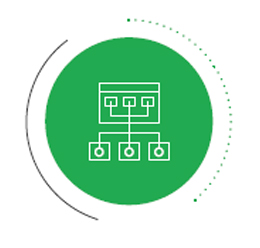Solution – Content as a Service | Servitization
Content Servitization by Scheper.Co & SDL/RWS
What is Content Servitization?
A fully digitalized industry with connected devices and machines (often called Industry 4.0) opens up many opportunities for manufacturing companies and their customers – such as increased availability, more efficient operations and smart value-added services. One of the most promising benefits will be transforming businesses through servitization and providing customers with a ‘Product-as a-Service’ offering. Content Servitization sets out the advantages of a modernized approach to content management to transform and digitalize the customer and after-sales experience, and to support proactive Condition-Based Maintenance approaches.
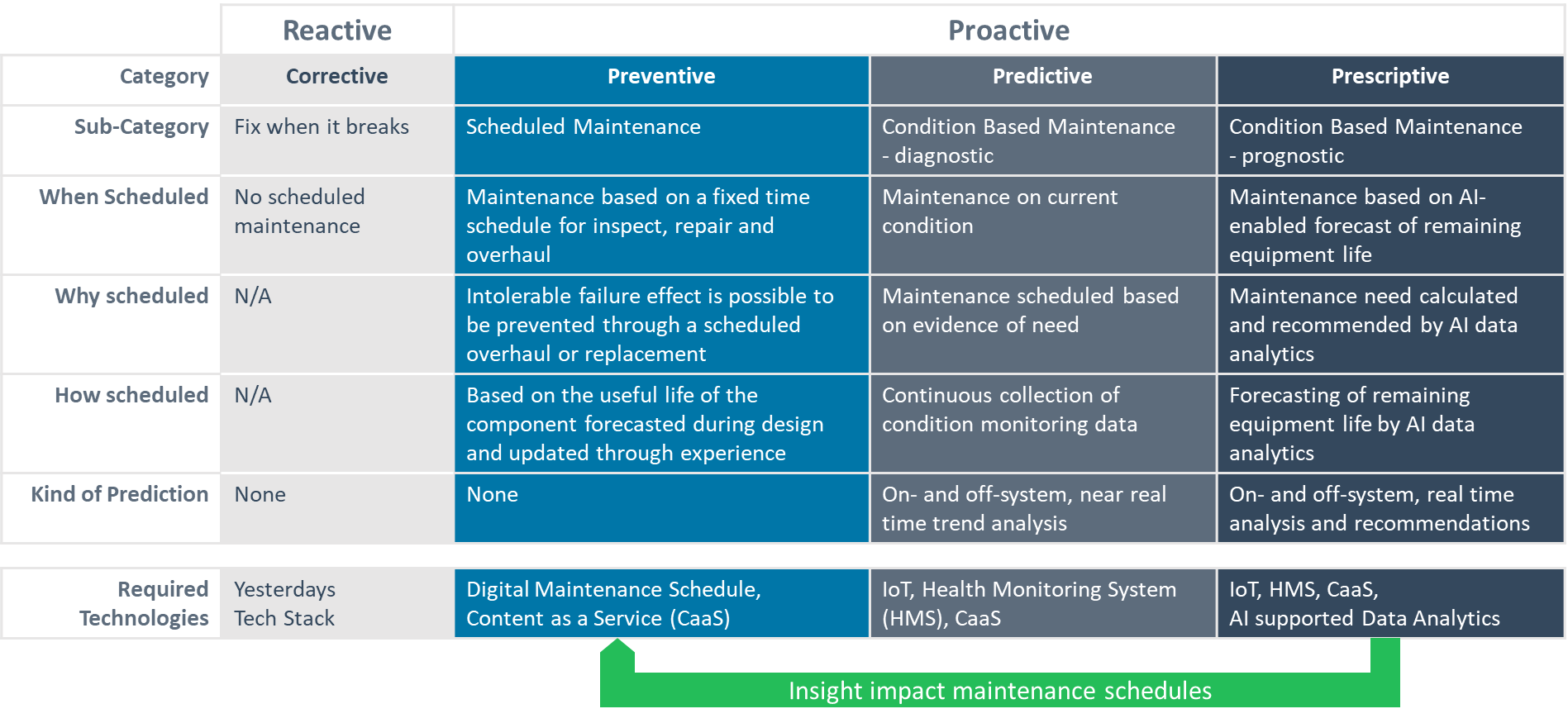
Figure: Maintenance approaches and some required technologies, including CaaS
Why does it matter?
Content has a critical role to play in the customer experience and the shift to Products-as-a-Service, but many organizations face significant challenges before they are able to deliver the digital-first strategy that is needed. Many content teams remain rooted in the world of print. Content production processes and workflows that have worked very effectively for print over the decades are struggling to meet the new demands of a digital world. And as the volume of all forms of content that are needed rises, this approach is increasingly becoming unviable.
For many companies, content production is still product-centric, and more often than not, siloed by individual products or product areas – usually with their own processes, systems and ways of doing things. Content production has understandably mainly been driven by the aim to create, manage, translate and publish content as easily and cheaply as possible. The primary goal is cost reduction rather than the added value approach that is needed if companies are to make the most of the opportunities servitization creates. In many organizations, the content architecture just isn’t set up for content delivery in the digital age and is simply unable to cope with increasing volumes of content, to multiple formats, in many languages, quickly and consistently.
Outdated architecture for a digital world
The Way ahead
For content production to be fit-for-purpose for delivering Products-as-a-Service in a digital age, there are two key issues that need to be tackled.
Intelligent content
Improving the customer experience!
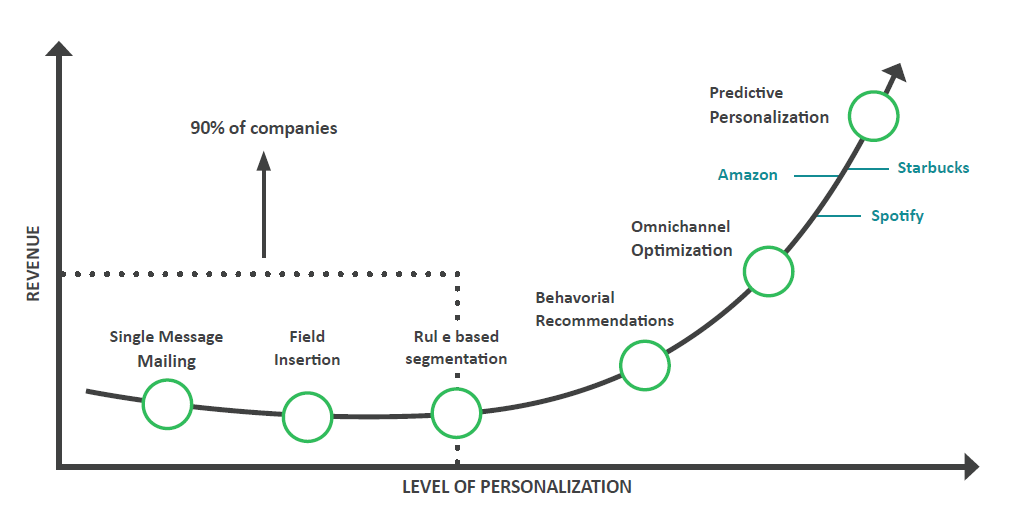
A company that is being built upon a Product-as-a-Service business model has to deliver a great customer experience – and technology has an increasingly important role to play in providing it. Personalization remains an important application of Artificial Intelligence (AI) and with fast-maturing technology, it can be realized with even higher granularity. To see how hyper-personalization helps with higher revenue, we only need to look at brands like Amazon, Starbucks and Spotify. They have begun using predictive personalization, where AI and machine learning power their individual recommendation engines. However, improving customer engagements based on the predictive power of data is just one element of the opportunity AI opens up. When AI becomes an essential component of every process, it enables far greater automation, which can lead to growth that goes far beyond just the customer-facing aspects of a business.
Figure: instapage.com/blog/hyper-personalization
What is Intelligent content?
Intelligent content forms the information fabric of an organization that wants to digitally transform itself. Intelligent content is content that is treated as a valuable business asset. It is modular, written and stored in small chunks (or topics). These modular chunks can be reused in a variety of outputs and each chunk is its own ‘single source of truth’ – thus making it easy to write, reuse and update. Intelligent content is also semantically rich.
This means that it is tagged with information that makes it easy to find. Finally, intelligent content is separate from output format. This allows you to use the same content in a variety of contexts, displayed on a variety of devices, while still maintaining the single source of truth.
Every individual today is looking for answers and they want them now, regardless of their role. To achieve this, the solutions and services offered by organizations have to embody the following traits:

Immediacy – enables experience and discovery of
information on demand each time and every time without fail.

Hyper-personalized – utilizes behavioural and real-time data
to create highly contextual experiences that are relevant to the user/machine.
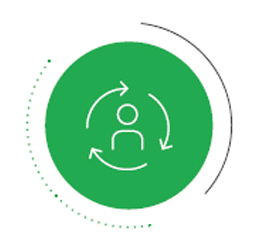
Interpretation – establishes relationships between information sets to discover
meanings and insights to fuel innovative digital services.
Accessibility – creates ways to access information beyond
a single format and delivery channel.
Findability – makes it possible to find precise and exact information at a click
(or voice command) which is timely and relevant.
All the above can be facilitated by content that can be unambiguously read by machines and humans alike. In other words, ‘intelligent content’.
All together now
Intelligent content creation should be an organization-wide initiative. Breaking the departmental silos to unify content across the organization is necessary for any digital transformation initiative to succeed.
Unified intelligent content across the organization has several benefits:
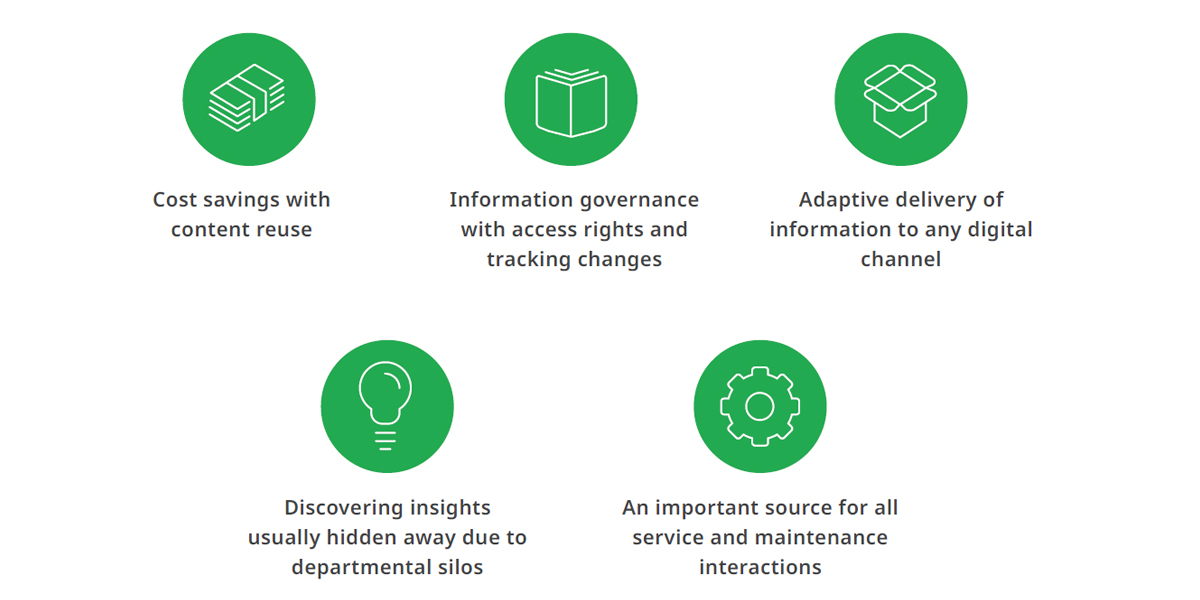
In other words, intelligent content shines when it is centralized across the organization without the barriers of departments.
To successfully embed AI throughout an organization and properly enjoy its benefits, organizations must have a unified technology base for their information management.
The role of information architecture is to provide a framework for content creators to be able to easily write the required information so that it can be leveraged by AI, as well as traditional delivery systems.
Please request the complete Content-as-a-Service Whitepaper with our solutions, by the contact form below.
LabelBlue
We Build_
We feel at home in a business that values quality, which is essential for monitoring our LabelBlue Products & Programs. These products have distinctive characteristics and strike an appropriate balance between efficiency, conceptual thinking, new necessities and/or better alternatives.
Inspired? It is time to evolve! Check out for more, we’d like to hear from you.
Contact Scheper.CoEmpower You Services Scheper.CoSupercharge Strategy

